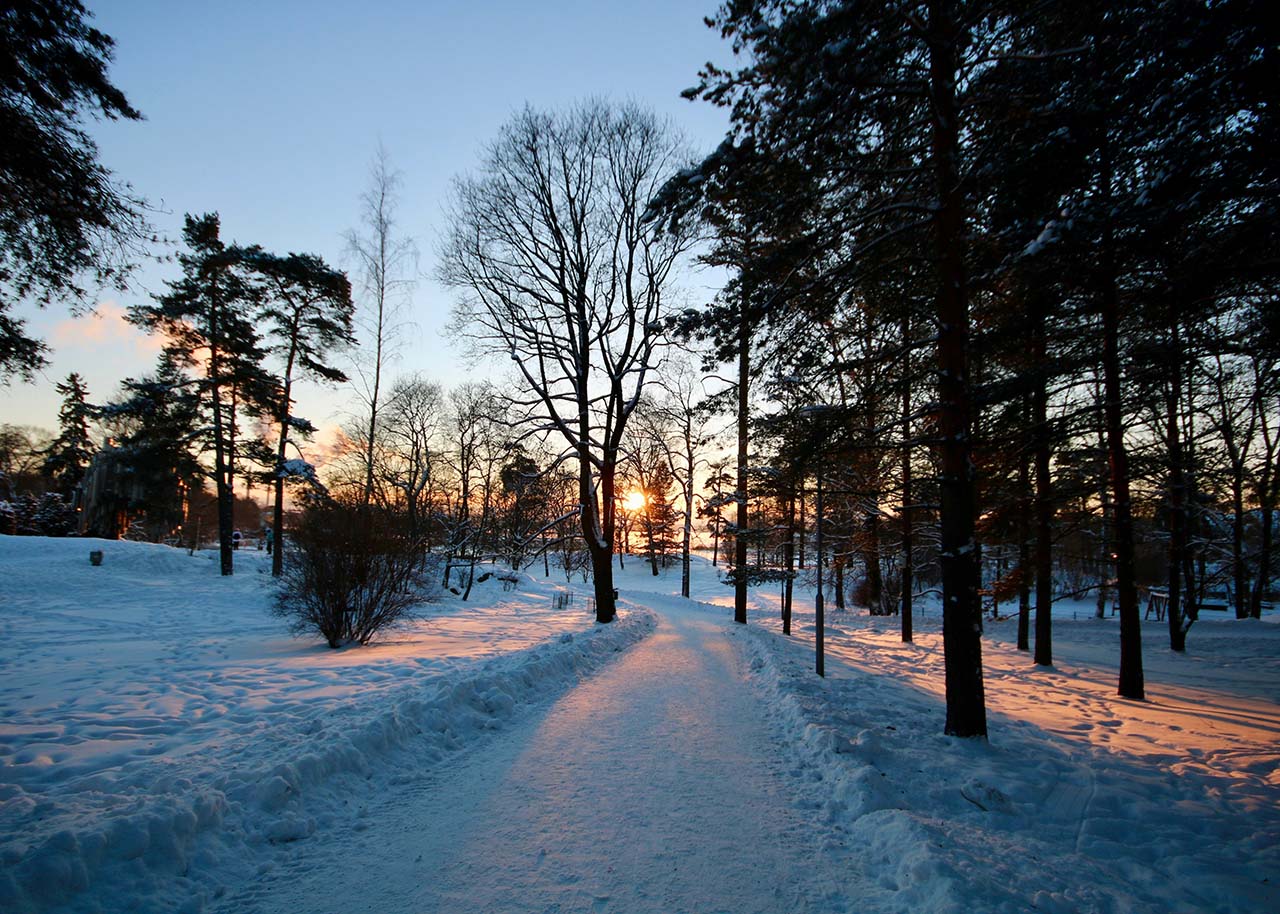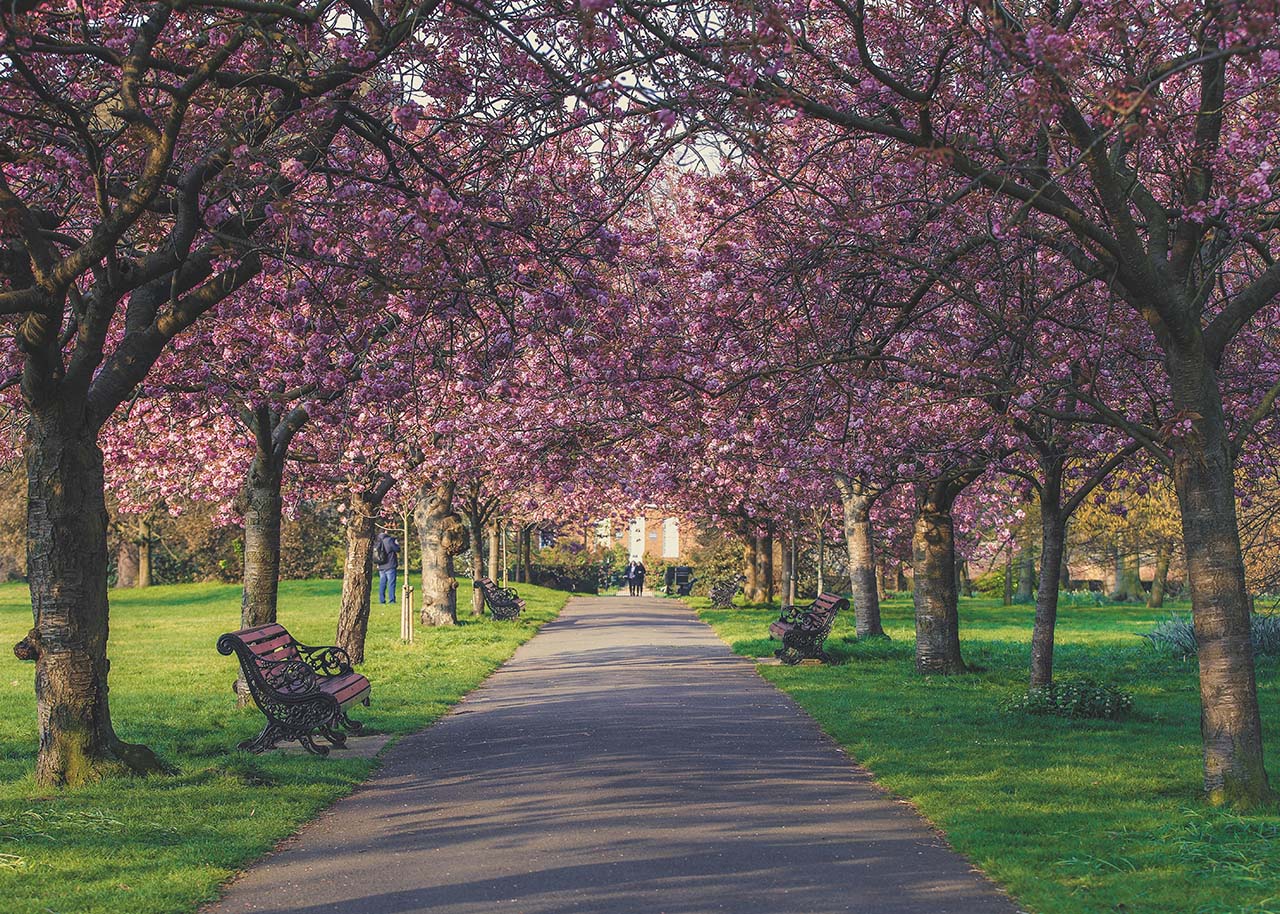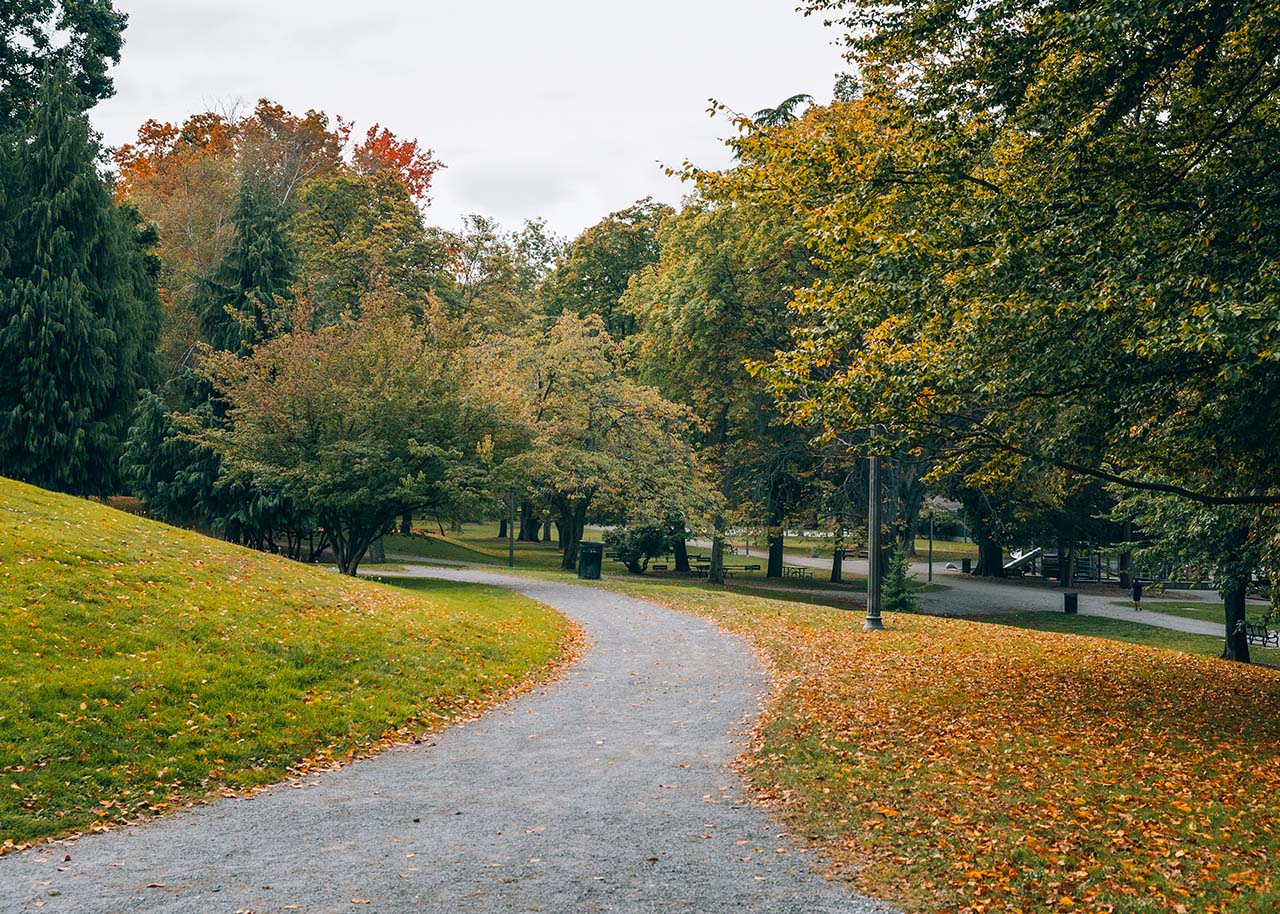(collaborative post)
Parks offer year-round opportunities to enjoy nature without travelling far from home. Each season brings its own character, from winter’s quiet stillness to summer’s vibrant activity, and for those with mobility needs, these shifts can be experienced comfortably with thoughtful planning. Accessible routes, seating areas, and modern mobility equipment help make seasonal park visits more inclusive, allowing everyone to connect with their surroundings in a way that suits their pace and preferences.
Observing seasonal changes encourages a deeper connection to the outdoors. Bare trees against winter skies, fresh blooms in spring, sunlit meadows in summer, and the rich colours of autumn each offer unique rewards. Visiting regularly can make even familiar spaces feel new.
The Benefits of Accessible Green Spaces
Local parks provide convenient places to enjoy nature without long journeys or complex planning. These spaces are increasingly accommodating for people with mobility needs, with smooth paths, accessible seating, and facilities designed to welcome visitors of all abilities. Usinga range of powerchairs allows for exploring more areas comfortably and independently, making it easier to enjoy the park in different weather and terrain conditions.
Spending time in green spaces is linked to improved wellbeing and a greater sense of relaxation. By making visits part of a regular routine, it is possible to experience the park’s changes first-hand while also benefiting from fresh air and gentle activity. Choosing local destinations can also reduce the need for car travel, supporting a more sustainable lifestyle.
Winter: Calm Landscapes and Clear Views
Winter can transform a familiar park into a peaceful retreat. Cooler temperatures and quieter footpaths make this a good time for unhurried exploration. Frost on grass, bare branches, and clearer views through the trees reveal details often hidden in other seasons. Visiting around midday offers the most daylight, and parks with open areas can feel particularly bright during the shorter days.
Practical preparation is important for winter visits. Dressing in warm, layered clothing and wearing gloves ensures comfort. Many modern powerchairs are designed for outdoor use and can handle firm paths in colder months. Sticking to well-maintained routes reduces the risk of encountering slippery areas after frost or rain.
The stillness of winter can also encourage mindfulness. Paying attention to natural sounds, such as bird calls or the crunch of leaves underfoot, adds to the sense of presence.

Spring: Fresh Growth and Quick Changes
Spring brings rapid transformation, with new sights to notice every week. Flowers such as snowdrops, primroses, and bluebells appear in succession, and trees gradually fill with fresh leaves. Keeping a simple record, such as photographs from the same spot over several weeks, can make the changes even more rewarding to observe.
Spring is also a good time to try accessible activities. Many parks offer guided walks or wildlife events with routes suitable for wheelchair users. Early morning visits often provide the best light and a greater chance of spotting wildlife before the park becomes busier.
Accessible seating positioned near planting areas can allow for longer stays, making it easy to pause and enjoy the scenery. With milder temperatures and longer days, spring is ideal for extending visit times and exploring new routes within the park.
Summer: Shade, Comfort, and Longer Days
Summer brings warmth and energy to public spaces. Parks often feel livelier, yet there are still ways to find calm moments. Visiting early morning or later in the evening can offer cooler conditions and softer light, perfect for relaxed exploration.
Finding shaded areas is important for comfort on warmer days. Large trees, pergolas, and covered seating areas can provide welcome shelter. Bringing water and wearing a hat can help maintain comfort during longer visits.
Many parks have updated facilities to improve accessibility during the summer months. Smooth pathways, clearly marked accessible toilets, and frequent resting spots make it easier to spend more time outdoors. In larger parks, hiring mobility scooters or trialling different types of powerchairs may be an option, helping visitors find the equipment that works best for them.

Autumn: Colour and Reflection
Autumn offers one of the most visually striking changes of the year. Leaves shift from green to vibrant shades of gold, orange, and red, and the lower angle of sunlight enhances the colours. Visiting regularly during this period means experiencing the gradual transformation before trees shed their leaves completely.
Paths covered in leaves can be beautiful but may require more attention for safe travel. Many all-terrain powerchairs are equipped to handle uneven or leaf-strewn surfaces, making it possible to continue exploring even when conditions change.
Autumn is also a time to consider starting personal traditions, such as photographing the same view each week or noting which trees change colour first. Small seasonal rituals like these can make visits more engaging and memorable.
Tips for Year-Round Enjoyment
Regardless of the season, a few preparations can make park visits more comfortable. Bringing a lightweight blanket or cushion can make bench seating more inviting. A small bag attached to a wheelchair can keep essentials such as water, snacks, and personal items close at hand.
Checking the weather before leaving can help with planning clothing and route choices. If rain is expected, waterproof outer layers or a mobility equipment cover can make the visit more enjoyable. Choosing parks with accessible facilities ensures that comfort is maintained during longer outings.
Being flexible with timing also helps. Adjusting visit times to suit seasonal daylight hours, temperature, and personal energy levels can lead to more enjoyable experiences throughout the year.
Why Regular Visits Matter
Making local parks part of a regular routine offers both physical and emotional benefits. Returning to the same location through different seasons allows for a deeper connection to the space, as familiar landmarks take on new appearances and atmospheres. It also makes it easier to notice the smaller details that mark each change in the year.
Frequent visits can also help build familiarity with accessible routes, making planning easier over time. This confidence allows for more spontaneous trips and the chance to introduce friends or family to the space.
Exploring local parks across the seasons can be both calming and enriching. With the right mobility equipment, thoughtful preparation, and an openness to noticing the details of each time of year, these green spaces become accessible, rewarding destinations. Start planning regular visits now and discover how each season can bring its own quiet pleasures and new perspectives.
This post was published in collaboration with a content partner. The article is meant to inspire you how to live a slow, simple, soulful and sustainable lifestyle and may contain (affiliate) links to articles, websites or products/services that may be of interest to you.
Would you like to receive inspiration from The Slow Living Guide regularly?
Sign up for the newsletter here.



